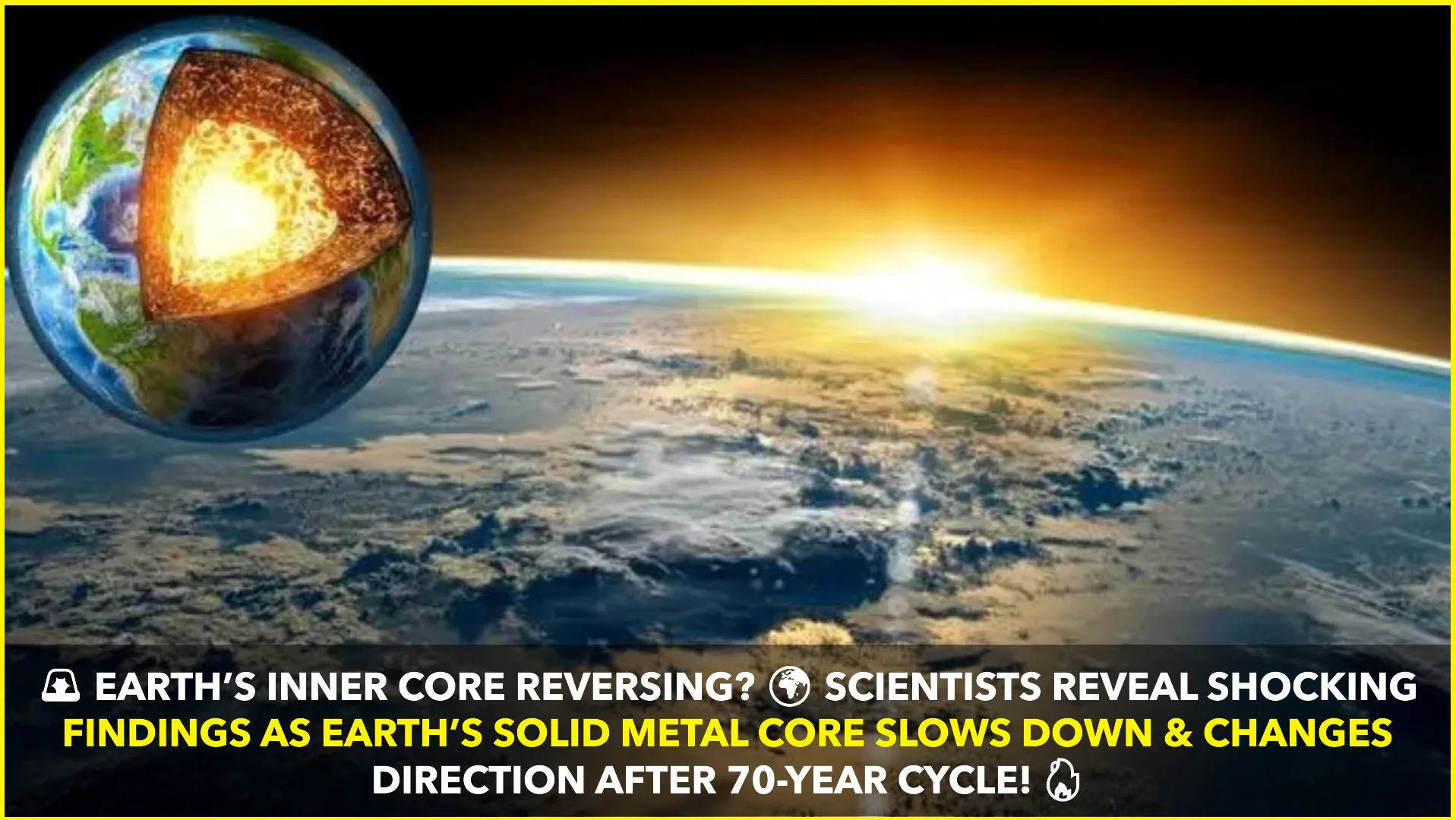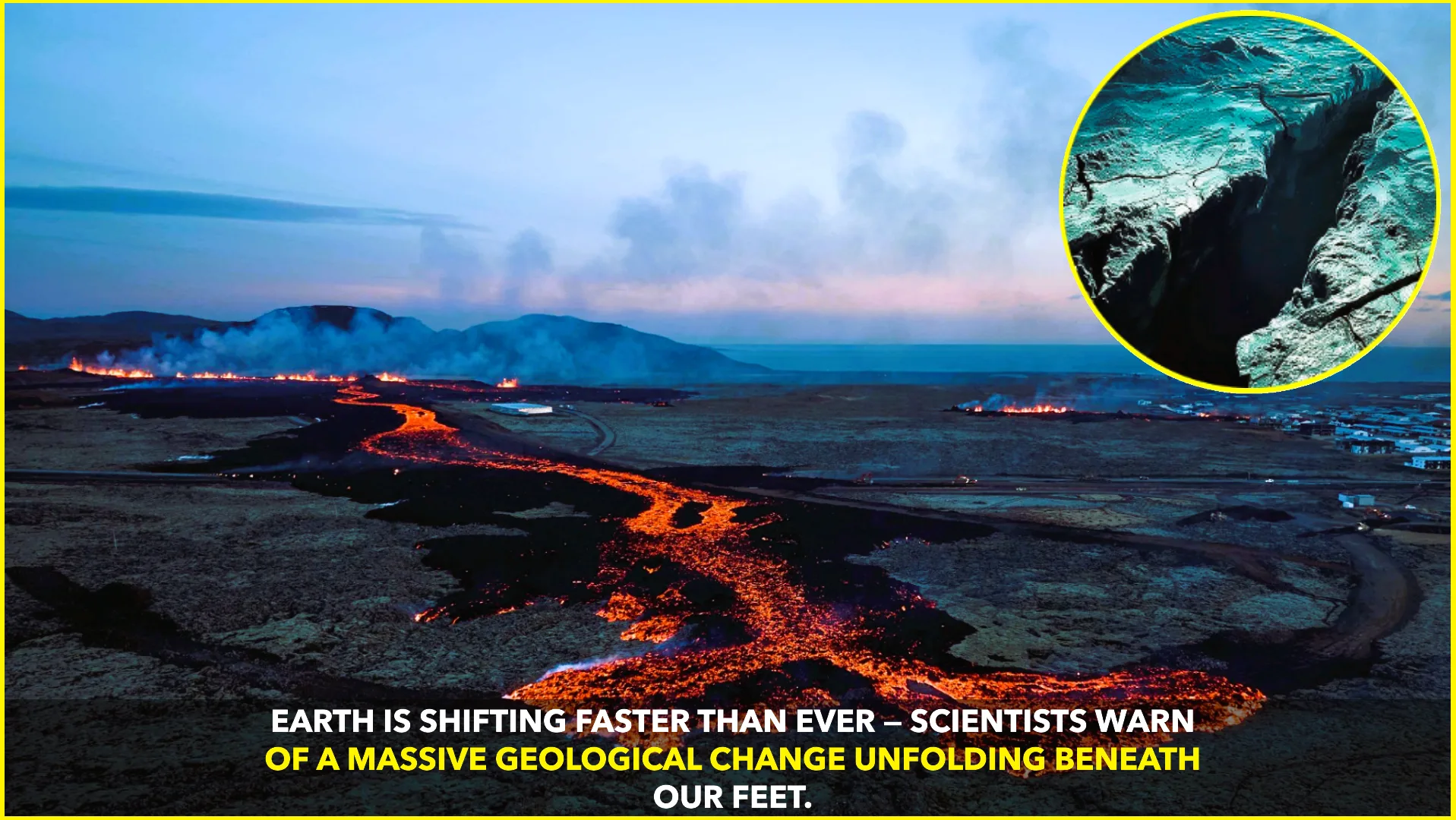Recent seismic studies have unveiled a significant shift in the behavior of Earth’s inner core—a solid iron-nickel sphere approximately the size of the Moon, situated over 3,000 miles beneath the planet’s surface. Traditionally believed to rotate slightly faster than the Earth’s surface, new evidence suggests that this inner core has decelerated and may now be rotating in reverse relative to the mantle and crust.
Seismic Evidence and Observations
Researchers from the University of Southern California (USC) and Cornell University have analyzed seismic data from repeating earthquakes, known as doublets, occurring between 1991 and 2023. These doublets, which originate from the same locations and produce nearly identical seismic waves, provide a unique opportunity to monitor changes within the Earth’s inner structures. The study revealed that around 2008, the inner core began to slow down, eventually moving slower than the Earth’s surface—a phenomenon described as “backtracking.” This marks the first observed deceleration of the inner core in recent decades.
Mechanisms Behind the Rotation Change
The inner core’s rotation is influenced by two primary forces: the magnetic field generated by the liquid iron outer core and gravitational interactions with the dense regions of the overlying mantle. The churning movements of the outer core produce electromagnetic forces that drive the inner core’s spin, while gravitational forces from the mantle can exert a braking effect. The recent slowdown and potential reversal of the inner core’s rotation suggest a complex interplay between these forces, leading to periodic changes in rotational dynamics.
Potential Implications
While the inner core’s rotational changes occur deep within the Earth, they may have subtle effects on the planet’s surface. One potential impact is on the length of a day; the backtracking of the inner core could alter the duration of Earth’s rotation by fractions of a second. However, these variations are minimal and challenging to detect amidst the natural fluctuations caused by atmospheric and oceanic movements. Cornell Chronicle+1ScienceDaily+1ScienceDaily
Additionally, the inner core’s behavior could influence Earth’s magnetic field, which is generated by the dynamic movements of the outer core. Changes in the inner core’s rotation might affect the geodynamo processes responsible for maintaining the magnetic field, potentially impacting its strength and stability. However, further research is needed to fully understand these relationships and their broader implications.
Ongoing Debates and Future Research
The scientific community continues to debate the extent and nature of the inner core’s rotational changes. Some studies propose that the inner core undergoes periodic oscillations with cycles spanning several decades. For instance, research published in Nature Geoscience suggests that the inner core’s rotation may reverse direction approximately every 70 years, correlating with observed variations in the length of Earth’s days and magnetic field behavior. Science News
However, not all scientists agree with this model. Some suggest that the inner core’s rotation is more complex, with variations occurring over different timescales, or that other factors may explain the observed seismic data. The discrepancies highlight the challenges in studying Earth’s deep interior and the need for continued research using advanced seismic techniques and computational modeling.
Conclusion
The discovery of the Earth’s inner core slowing and potentially reversing its rotation offers a fascinating glimpse into the dynamic processes occurring deep within our planet. While the immediate effects on Earth’s surface may be subtle, understanding these internal mechanisms is crucial for comprehending the complexities of our planet’s geophysical behavior. Ongoing studies aim to unravel these mysteries, providing deeper insights into the forces that shape Earth’s internal and external environments.










